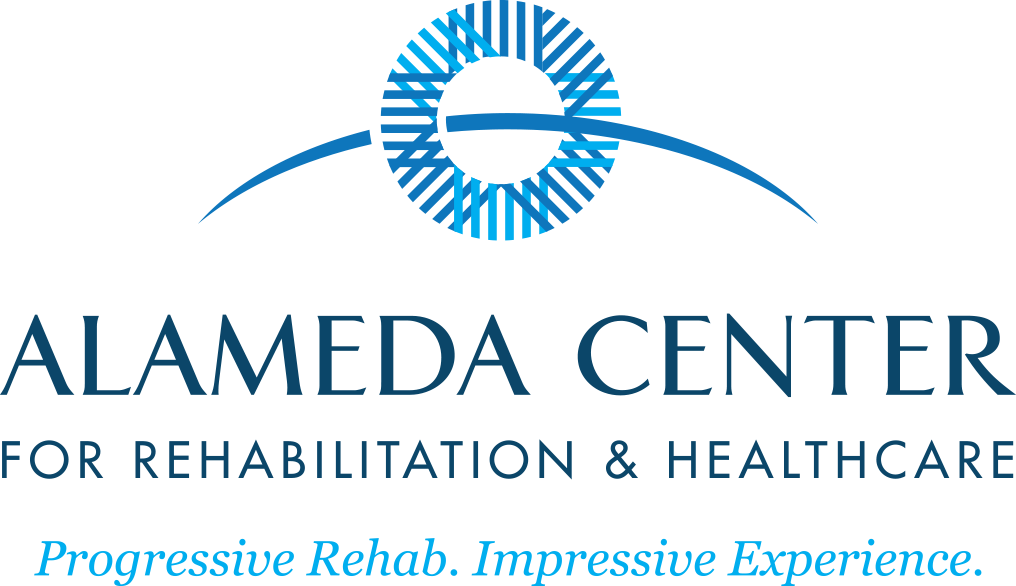Telemedicine is a Growing Skill Among US Doctors
Telemedicine is gaining popularity as an option for getting professional medical help quickly and at low cost. It’s fairly exploded, growing 260% from 2015 to 2017, and it continues to move upwards.
What is telemedicine?
Telemedicine is the ability to get professional medical help over the telephone, a virtual medical appointment. Simple enough. But as an industry, it’s more than calling your doctor at home when there’s an emergency. The difference is that in telemedicine, the telephone is your front line effort. It’s been proven to be efficient and effective, and it’s spreading widely through the states.
A telemedicine platform can be offered by your physician, clinic, or facility, like the Alameda Center. The offering party has a system set up where callers are put through to a clinician, sometimes a doctor, but more often a physician’s assistant or nurse. The staff is trained to complete a full assessment of the patient’s health issues and input information into EMRs, electronic medical records. From there, the clinician may offer medical advice for the problem, refer the issue to a doctor, or ask the patient to come in for treatment.
When is the use of telemedicine prescribed?
Telemedicine works best for non-urgent care that doesn’t require any procedure, such as post-op check ups that would take a lot of time for both the patient and the doctor but are often problem-free, or a complaint of digestive pain that needs some over the counter medication and a follow up phone call.
Some other uses are:
- Easy prescription refills
- When a patient has trouble getting out – such as in inclement weather, or when he’s very ill but not with an emergency
- Weekends or nights when offices are closed, but the patient doesn’t need the emergency room
- Mental health, where assessment are almost always done through a conversation
- Any other issue as an initial assessment
What are the benefits of telemedicine?
The benefits of using a telemedicine system are many. Here are some:
- The patient gets quick treatment without having to leave his house or wait in a long line.
- The doctor’s time is better spent with patients who need to be seen.
- It’s a financially streamlined model so money is spent where it’s necessary
What types of doctors does it attract?
Telemedicine seems to growing across all levels of medicine and all age groups, even older doctors who are often seen as having a hard time with technology.
It’s expected to become a game-changer for the field of psychiatry, and for what’s termed “telemental health services” in particular. There is a shortage of mental health professionals in many rural areas, and mental health services as an industry has soared in recent years with millions of dollars being spent in this market. As of 2009, $38 billion was spent in this market, and this number is expected to reach $55 billion. Much of this will be moved into telemental health services.
